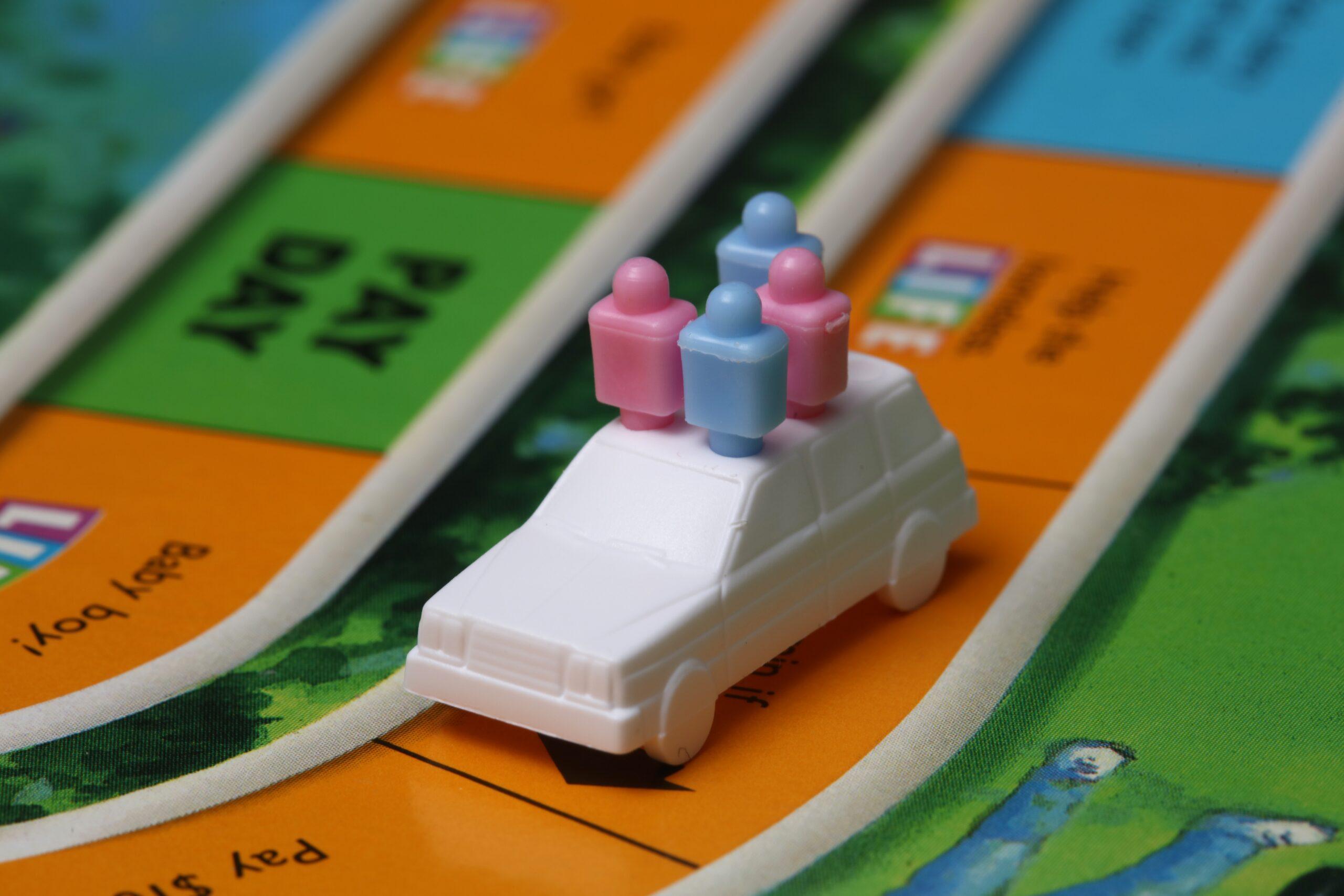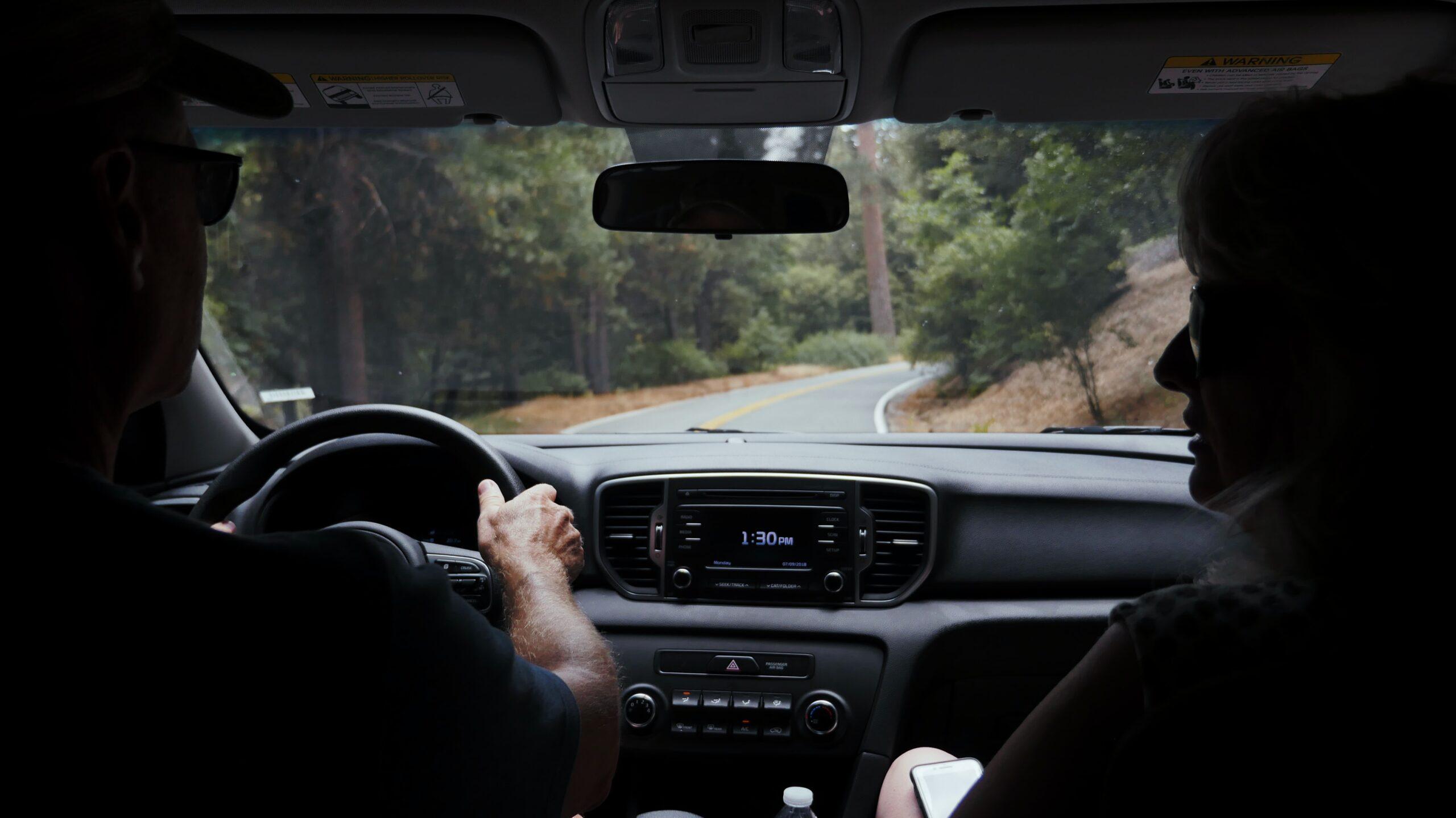As parents, we have a responsibility to be safe drivers when we carpool, take the kids to school, shuttle them to soccer practice or just drive around town. However, drivers often overlook the important responsibility to be safe drivers during the course of their busy lives.
Many drivers take their cars’ safety items for granted. We assume that when there’s an accident, those safety items we invested in when we purchased the vehicle will protect us. It’s crucial to understand what we purchase on our vehicles and know how the features can protect our precious cargo and us.
Part of driving with car smarts is to see things before they happen and to respond in a way to avoid bad situations. In an effort to promote safe driving, here are the “Ten Commandments” when it comes to car smarts:
- Pass on the left when clear, and always move to the right as soon as you can. Don’t hang out in the high-speed lane.
- If your lane is ending, merge into the next lane; don’t cut anyone off.
- When changing lanes, always look in the mirrors and check your blind spot.
- Don’t forget to use that turn signal for changing lanes, passing and turning. Yes, we know about the turn signals, but it’s easy to forget them.
- If your exit is coming up on the right, get in the right lane. That may seem silly, but every day I see people cross over three lanes in order to make an exit. Don’t be one of those people.
- Never tailgate. If somebody “forces” you to tailgate because he or she cuts you off, use your horn. Then back off. Getting mad or “even” is always a mistake— just like we tell our kids.
- If you are driving well below the speed limit, use your four-way flashers.
- In a parking lot, realize that people can’t always see you. If a car starts to back out, and you can’t see the driver— guess what— the driver can’t see you. Many minor fender benders can be avoided by giving another glance, putting down your cell phone, shutting off the radio and moving slowly.
- Don’t park closely to other cars. Nobody wants door dings and scratches. Take that extra second to return shopping carts to their racks or move them on the grass.
- If you are tired, not feeling well or totally distracted with work, kids or life, don’t drive. If you are already driving, pull over, get someone else to drive or call for help. Driving in any of these instances puts vehicles, your passengers, other people and you in serious danger. It may sound obvious, however, there are sad situations with people who take these risks and the results are deadly.
As a mother, professional race car driver, performance driving instructor and engineer, I see many poor driving decisions. Most of these can be avoided by not driving while on a cell phone. If you have to talk, don’t get into a heated or involved conversation, especially one that requires you to reference paperwork or documents. When your eyes aren’t on the road, who’s driving the car? No one! That scares me, and it should scare you, too.
What about that cup of coffee? Many of us require this morning starter for our engines. Just keep one thing in mind: We all spill our coffee at one time or another. Sadly, our first reaction is to grab the coffee to avoid the mess on us or our vehicle. But, driving the vehicle is the most important part of driving, whether you have coffee in the car or not. It’s our responsibility to control our 4,000-plus-pound vehicles. Likewise, try to limit the distractions of food, cell phones, children and life, as it’s easy to get distracted and take your eyes off the road. If things really go crazy, pull into the nearest parking lot and sort out your issues. When things have settled, then get to where you need to be. If you are five minutes late, it’s not the end of the world.
One last pet peeve: Nothing upsets me more than seeing families traveling without seat belts. Every single day, children sustain serious injuries and die in motor vehicle crashes. Many of these injuries and deaths can be avoided with the correct use of child safety seats and safety belts. Many adults insist on the use of safety seats and belts, but some people are unaware that they are using the safety restraints incorrectly, thereby placing their chid at risk. Safety experts believe that between 80 to 90 percent of child safety seats are installed and/or used incorrectly. Your local police station can help you properly install such seats.
Following are pointers on safety seats and belts.
Infant Seats
Infant seats are designed for babies from birth until 1 year of age, weighing at least 20 pounds. Children must ride rear-facing in their safety seats until they are at the appropriate age and size.
Convertible Safety Seats
These seats convert from rear-facing for infants to forward-facing for toddlers who weigh at least 20 pounds. Until they reach about 40 pounds and 4 years of age, children should remain in forward-facing seats
Booster Seats
These seats are used as a transition to safety belts by older kids who have clearly outgrown their convertible seat and are not quite ready for the vehicle’s belt system.
Safety Belts
When a child is old enough and large enough to “fit” an adult safety belt, he or she can be moved out of a booster seat. To fit a safety belt, the lap belt should stretch snugly and properly across the upper thighs. The shoulder strap should cross over the shoulder and across the chest.
Now that you have your car smarts, you should be ready for anything that comes your way on the road.


